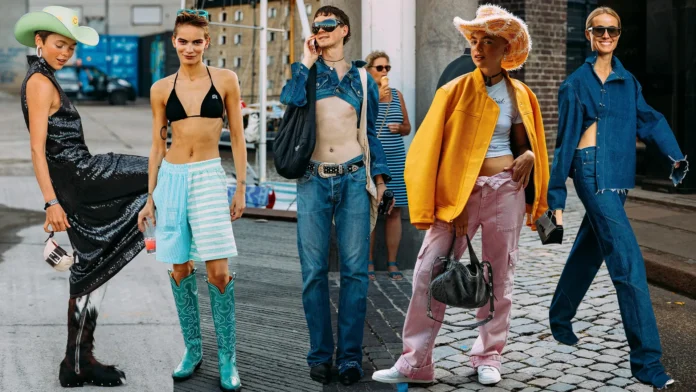
The fashion world is an ever-evolving sphere, heavily influenced by various cultures and eras. Among the notable influences is the Western or cowboy style, which has made a significant impact, especially in the realm of handbags. This article will delve into the journey of Western handbags from a functional item in rodeos to a staple in the global fashion runway, highlighting the design elements, historical context, and modern evolution.
Table of Contents
Historical Context
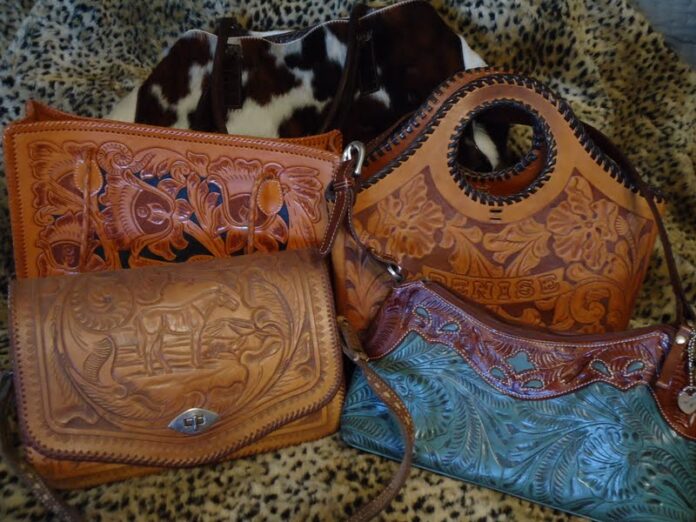
Roots in Functionality
Historically, the need for Western handbags arose from the practicality and robustness required by the cowboy lifestyle in the American West. The early cowboy bags, known as saddlebags, were crafted to be resilient and convenient for carrying essential items while on horseback. Made from sturdy materials like leather, they were designed to withstand the rigors of the western lifestyle.
A Symbol of the West
Over time, these handbags evolved beyond functionality to symbolize the rugged elegance and freedom associated with the American West. They incorporated distinctive elements such as fringe, intricate leather tooling, and metallic hardware that reflected the Western aesthetic.
Design Elements
Leather and Craftsmanship
Leather remains the predominant material used in Western handbags due to its durability and timeless appeal. Artisanal craftsmanship is central to the Western handbag, with a strong emphasis on intricate hand-tooled designs and exquisite detailing.
Fringe and Hardware
Fringe is a hallmark element, adding movement and a touch of playfulness to the design. Hardware, often in silver or aged metallic finishes, includes elements such as buckles, studs, and conchos, infusing a rugged charm into each piece.
The Transition to Fashion
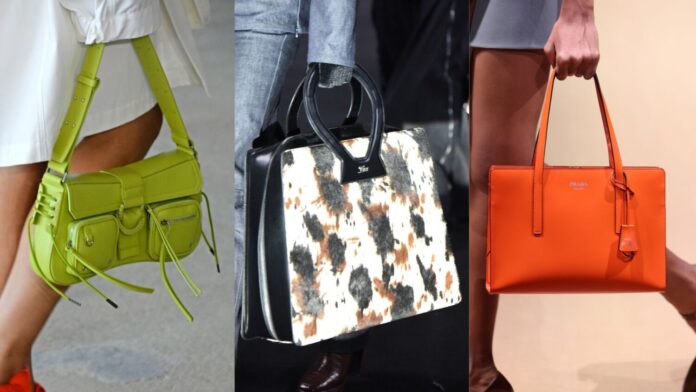
Early 20th Century Evolution
In the early 20th century, the Western handbag began its transition from a practical item to a fashion statement. Hollywood’s glamorization of the cowboy lifestyle contributed to the allure and romanticization of Western wear, including handbags.
High Fashion Embrace
By the mid-to-late 20th century, renowned designers and fashion houses started to integrate Western elements into their collections. This integration showcased the Western handbag’s evolution from a rugged, functional item to a chic, fashion-forward accessory.
Western Handbags in Modern Fashion
Contemporary Interpretations
In contemporary fashion, Western handbags continue to captivate, offering a diverse range of styles, from the traditionally rustic to the luxuriously modern. Designers experiment with materials, shapes, and embellishments to create pieces that resonate with a wide audience, while still echoing the Western heritage.
The Global Appeal
Today, Western handbags have transcended geographical boundaries, gaining popularity worldwide. They seamlessly blend the rustic allure of the West with contemporary design sensibilities, making them a versatile and enduring addition to diverse wardrobes.
Sustainability and Western Handbags
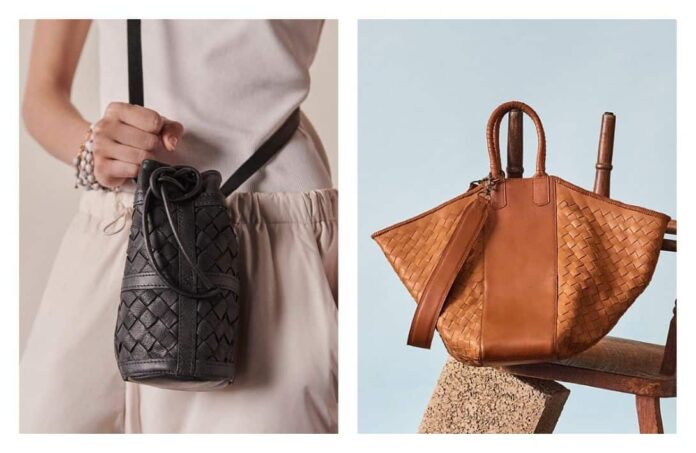
Embracing Eco-Friendly Materials
In the modern context, fashion is intertwined with sustainability, and Western handbags are no exception. Many brands and designers focusing on Western-style handbags are now embracing eco-friendly materials and production methods. Leather, a traditional material for these bags, is being replaced or complemented by sustainable alternatives that offer similar aesthetics and durability without harming the environment. Vegan leather, crafted from various plant materials like pineapple or mushroom, is becoming increasingly popular, demonstrating the fashion industry’s commitment to ecological responsibility.
Supporting Artisan Communities
In addition to environmental sustainability, the production of Western handbags is increasingly seen as a means to support artisan communities. The intricate craftsmanship that goes into the design and production of these bags is a skilled art form. By ensuring fair wages and sustainable practices, brands can contribute to the well-being and continuation of these skilled communities, preserving and promoting their craft in the global market.
Western Handbags and Cultural Appreciation
Cultural Significance
While the Western handbag is a symbol of style and functionality, it also holds cultural significance. It stands as a representation of the Western lifestyle, echoing the values of resilience, freedom, and rugged elegance that defined the American West. It’s crucial for brands and consumers to approach these pieces with respect and awareness, acknowledging the cultural narratives and histories intertwined with these designs.
Ethical Considerations
In the context of cultural appreciation, ethical considerations are paramount. Designers and brands must navigate the production and promotion of Western handbags thoughtfully, ensuring they honor the cultural heritage and craftsmanship without appropriating or exploiting these elements. It’s about celebrating and paying homage to the Western aesthetic responsibly, ensuring a respectful and authentic connection to its roots.
Collaborations and Future Trends
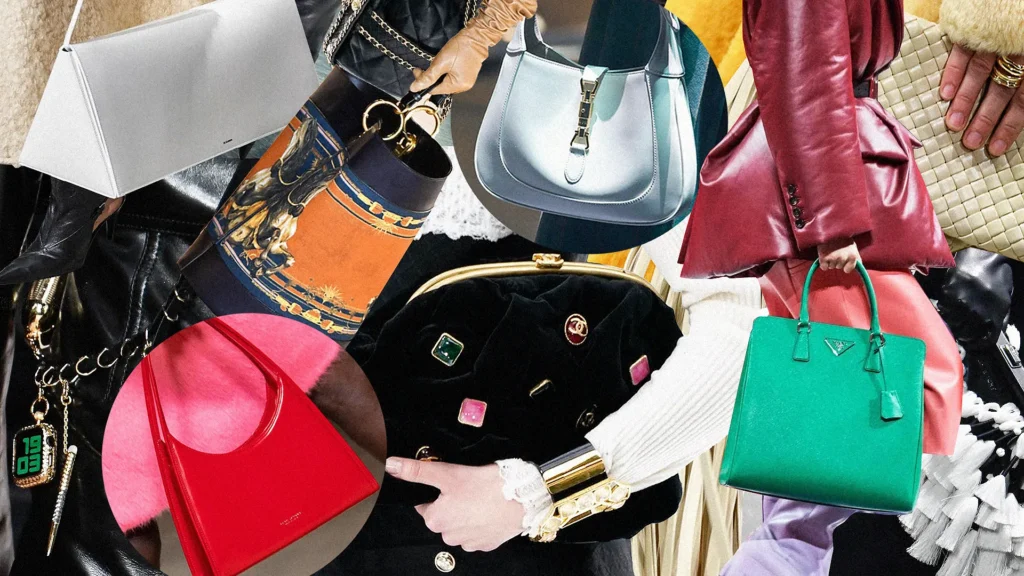
Designer Collaborations
The appeal of Western handbags has led to exciting collaborations between traditional Western wear brands and high-end fashion houses. These collaborations explore the fusion of rustic charm with modern luxury, creating unique, covetable pieces that draw diverse audiences. Such partnerships highlight the versatile appeal of the Western aesthetic, demonstrating its resonance in various fashion segments.
Future Evolution
Looking ahead, the Western handbag is poised for continued evolution and innovation. Designers will likely explore diverse materials, technological integration, and unique design approaches to create Western handbags that resonate with modern consumers’ values and aesthetics. The emphasis on sustainability, cultural respect, and design innovation will continue to shape the Western handbag’s future, ensuring its enduring presence and evolution in the global fashion landscape.
Conclusion
The journey of Western handbags from the rodeo to the runway epitomizes the enduring influence of cultural and historical elements in shaping fashion trends. The Western handbag, with its rich heritage, distinctive design elements, and evolving styles, stands as a testament to the timeless appeal and versatility of Western aesthetics in the global fashion landscape.
The fashion realm will undoubtedly continue to revisit and reinvent Western-inspired themes, ensuring the Western handbag’s esteemed place on the world stage, celebrating the entwined narratives of history, culture, and design innovation.
In recognizing and appreciating the Western handbag’s historical and cultural context, consumers engage with a rich tradition that pays tribute to a unique, influential era, while embracing modernity, style, and global appeal.
By blending the practical with the stylish, the historical with the contemporary, Western handbags underscore the seamless interplay of diverse elements, creating a harmonious, impactful synergy that resonates across time and geography.

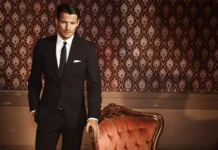
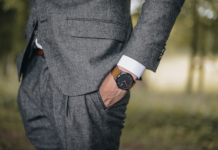




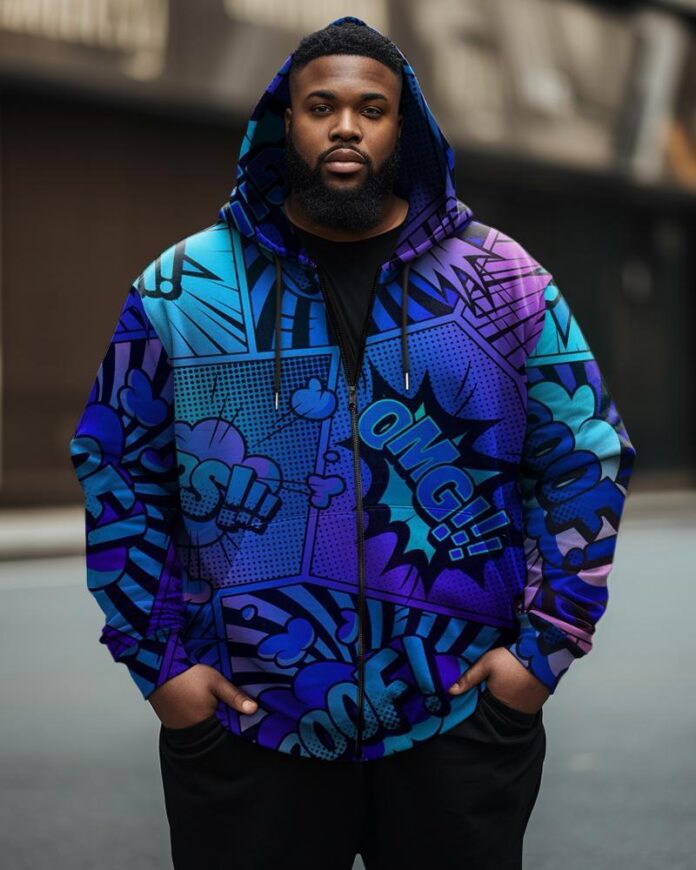







![16 Best Men’s Loafers 2023 [ BEST PREMIUM BRANDS ] best mens loafers](https://www.menshairstylesx.com/wp-content/uploads/2019/10/best-mens-loafers-1-100x70.jpg)
